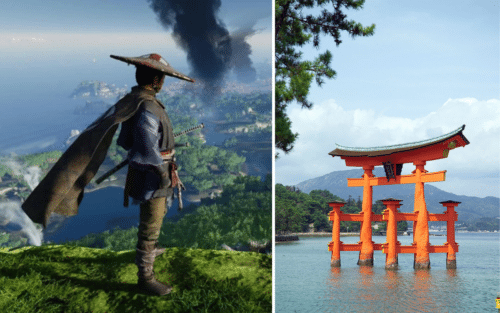Azorean Island Of Pico Notches Up Wine Quality
The post Azorean Island Of Pico Notches Up Wine Quality appeared on BitcoinEthereumNews.com. Lagoon and volcanic peak on Pico island, Azores, Portugal Tom Mullen After a visit fourteen years ago to Pico, one of nine Portuguese Azorean islands in the middle of the Atlantic Ocean, I wrote a blog post about the vineyards. Five years earlier these had been given UNESCO World Heritage designation. This is because the vineyards are unique: most are non-trellised within small walled enclosures; the rock walls protect vines from Atlantic winds and also reradiate warmth absorbed during the day. Historically, the effort to build these walls had been gargantuan. Seven years ago I visited Pico again to find the wine industry gaining a foothold with greater international recognition. Once again white wines dominated in quality, made primarily from the three local grapes of Arinto, Verdelho and Terrantez do Pico. Pico island, Azores – vineyards surrounded with stones are part of UNESCO world heritage getty During a recent return visit to Pico, it was clear that the state of the wine industry is robust, expanded, more internationally recognized and has notched up in overall quality. This is partially due to winemakers studying and gaining experience in off-island locations, as well as their experimenting with new techniques. Frei Gigante white wine and Terras de Lava red wine are still popular and well-priced, and the Azores Wine Company, created over a decade ago, has successfully promoted wines made from previously endangered grape varieties. One of the founders of that company, Paulo Machado, is now weaving fresh flavors on Pico. The word for a wine production or storage location in Portuguese is adega. We found Machado at Tito’s Adega located on the northern and western shoreline of Pico, just east of the airport. He produces wines from grapes grown on the north and south sides of the island. Born on Pico, he…

The post Azorean Island Of Pico Notches Up Wine Quality appeared on BitcoinEthereumNews.com.
Lagoon and volcanic peak on Pico island, Azores, Portugal Tom Mullen After a visit fourteen years ago to Pico, one of nine Portuguese Azorean islands in the middle of the Atlantic Ocean, I wrote a blog post about the vineyards. Five years earlier these had been given UNESCO World Heritage designation. This is because the vineyards are unique: most are non-trellised within small walled enclosures; the rock walls protect vines from Atlantic winds and also reradiate warmth absorbed during the day. Historically, the effort to build these walls had been gargantuan. Seven years ago I visited Pico again to find the wine industry gaining a foothold with greater international recognition. Once again white wines dominated in quality, made primarily from the three local grapes of Arinto, Verdelho and Terrantez do Pico. Pico island, Azores – vineyards surrounded with stones are part of UNESCO world heritage getty During a recent return visit to Pico, it was clear that the state of the wine industry is robust, expanded, more internationally recognized and has notched up in overall quality. This is partially due to winemakers studying and gaining experience in off-island locations, as well as their experimenting with new techniques. Frei Gigante white wine and Terras de Lava red wine are still popular and well-priced, and the Azores Wine Company, created over a decade ago, has successfully promoted wines made from previously endangered grape varieties. One of the founders of that company, Paulo Machado, is now weaving fresh flavors on Pico. The word for a wine production or storage location in Portuguese is adega. We found Machado at Tito’s Adega located on the northern and western shoreline of Pico, just east of the airport. He produces wines from grapes grown on the north and south sides of the island. Born on Pico, he…
What's Your Reaction?



































![[LIVE]PUMP Price Crashes Amid Airdrop Delay As BTC Fights to Hold $117,000](https://99bitcoins.com/99bitcoins.com/wp-content/uploads/2025/04/Fatima99btc.jpg?#)


